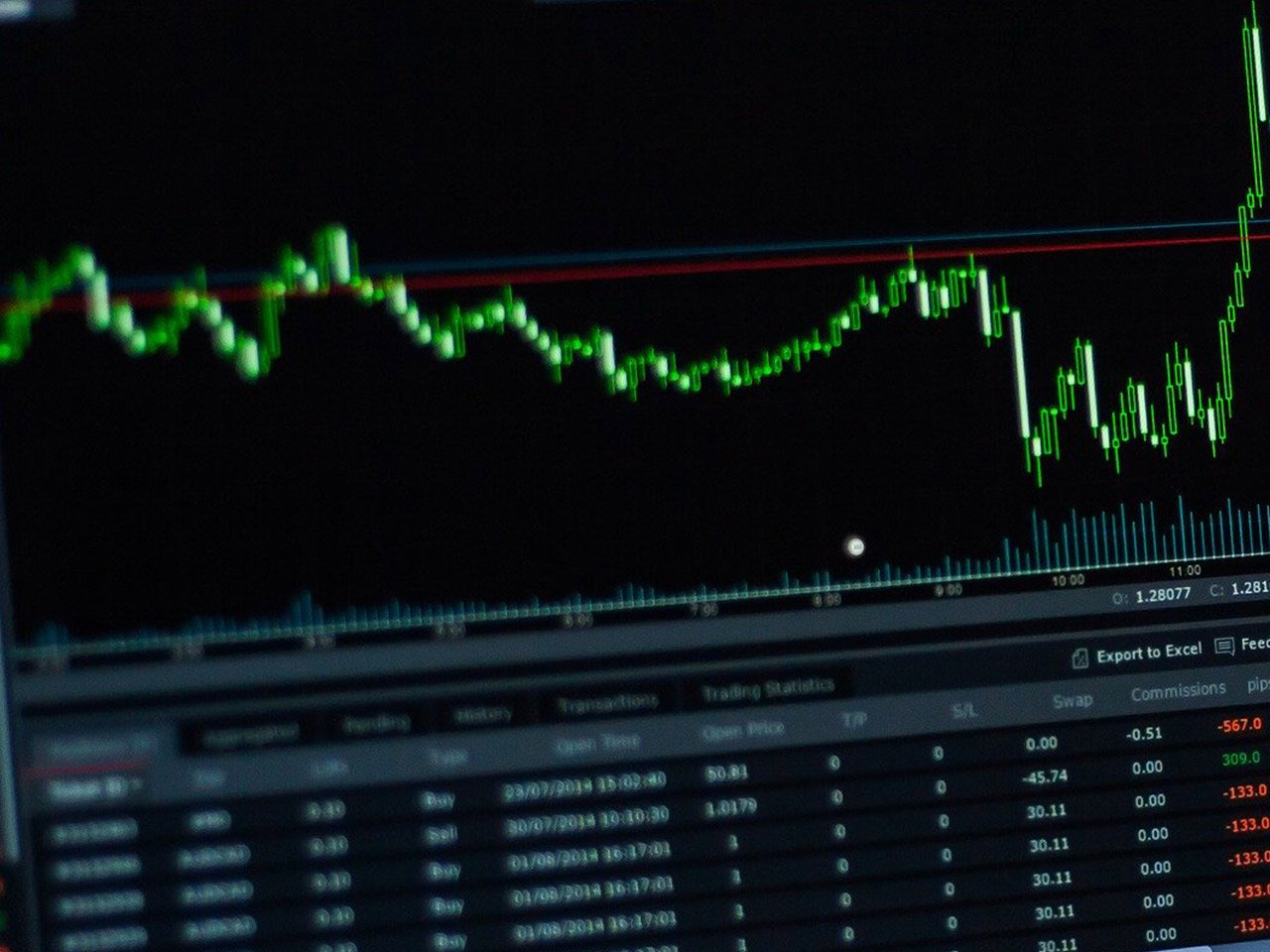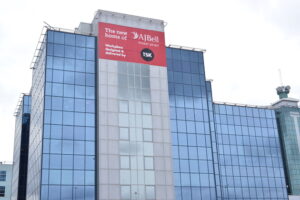Vistry Group PLC (VTY.L), a prominent player in the United Kingdom’s residential construction industry, boasts a market capitalization of $2.13 billion. Specializing in single-family housing solutions, Vistry Group has evolved substantially since its inception in 1885, rebranding from Bovis Homes Group PLC to its current identity in January 2020.
Vistry’s current stock price stands at 644.2 GBp, reflecting a minor decline of 0.03% or 20.00 GBp. With a 52-week range spanning from 510.80 to 891.00 GBp, the stock’s price trajectory indicates a volatile yet potentially rewarding investment for those attuned to market fluctuations. The question for many investors is whether Vistry can reclaim its higher market valuations or if it will continue to oscillate within its current range.
The company’s valuation metrics present an intriguing scenario. The absence of a trailing P/E ratio and a significantly high forward P/E of 909.40 suggest that Vistry’s earnings projections might be skewed, perhaps reflecting expectations of substantial future growth or uncertainty in earnings visibility. Meanwhile, other traditional valuation metrics like PEG, Price/Book, and Price/Sales ratios are not available, leaving investors to rely heavily on qualitative assessments and industry comparisons.
In terms of performance, Vistry is navigating a challenging landscape with a revenue growth rate of -5.10%. This contraction might raise concerns among investors, yet the company’s ability to generate a free cash flow of over £254 million indicates operational resilience. The EPS of 0.11 coupled with a modest return on equity of 1.11% further underscores the mixed nature of Vistry’s financial health.
Dividend-seeking investors might look elsewhere, as Vistry’s dividend yield is currently unavailable, and the payout ratio is at 0.00%, indicating no dividends are being distributed. This might suggest that the company is reinvesting earnings to fuel future growth, a common strategy in the cyclical residential construction industry.
Analyst sentiment on Vistry is predominantly tepid, with 10 hold ratings overshadowing the 3 buy and 3 sell recommendations. The average target price of 642.00 GBp points to a near-neutral outlook, with a potential downside of -0.34%. This aligns closely with Vistry’s current market price, suggesting limited short-term upside according to market analysts.
Technical indicators paint a nuanced picture. The stock is trading above both the 50-day and 200-day moving averages (634.24 GBp and 616.31 GBp, respectively), typically a bullish indicator. However, a Relative Strength Index (RSI) of 16.03 signals the stock is oversold, which could indicate a potential buying opportunity for contrarian investors expecting a rebound. The MACD of 9.05, slightly below its signal line at 10.19, suggests bearish momentum, which investors will need to monitor closely.
Vistry Group’s journey in the residential construction sector is marked by both opportunities and challenges. For investors, the key lies in understanding the broader economic indicators that influence housing demand and the company’s strategic responses to market dynamics. With its robust market presence and significant cash flow generation, Vistry remains a noteworthy entity for those considering exposure to the UK’s consumer cyclical sector.










































